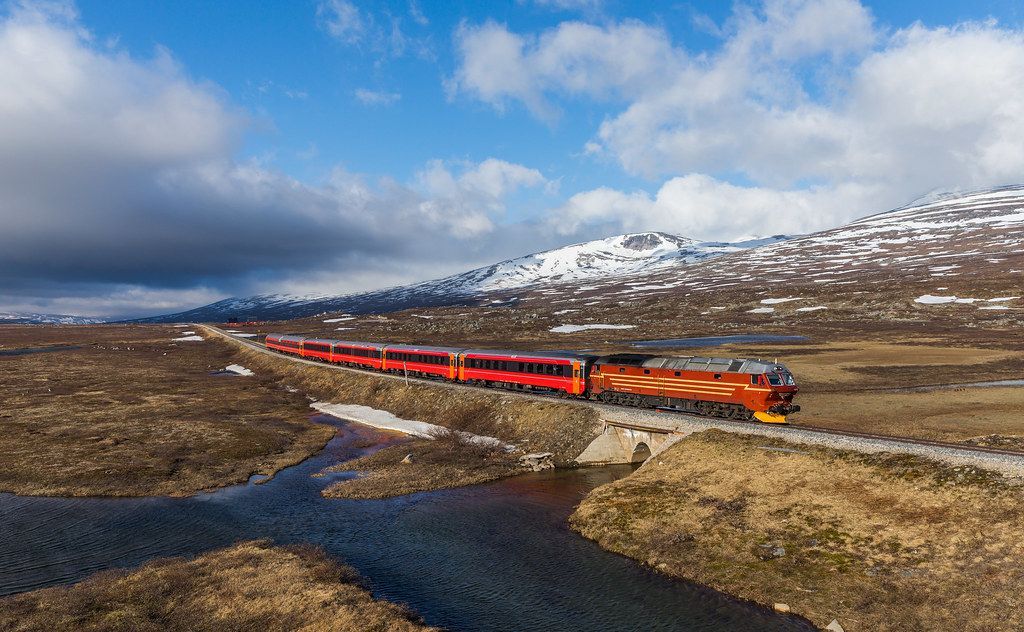
🚅 Modified trains can capture carbon dioxide
A multidisciplinary research team publishes a study that proposes a way to more efficiently capture carbon dioxide from the air, using already existing infrastructure. According to the plan, trains can be modified so that previously wasted energy is used to power the process.
Share this story!
Direct air capture (DAC) technology continues to grow. Now a multidisciplinary research team is proposing a way to implement the technology in existing infrastructure. By modifying trains, it would be possible to use the heat energy that occurs during braking to drive the process - and avoid several of the obstacles that other DAC methods encounter, writes ScienceDaily.
Stationary methods of DAC require a large land mass and renewable energy that can supply them with sufficient energy. Thus, not only is a building permit, and the acceptance of local residents, required for the facility itself that operates the DAC, but also for an expanded, climate-friendly, energy source – if it is not powered by green electricity, the whole point of the factory goes away.
"It's a big problem because the vast majority want to fix the climate crisis, but no one wants to do it in their own backyard", says Geoffrey Ozin, co-author of the study.
When trains brake, the train's kinetic energy is finally transformed into heat energy that is released through the roof of the train. According to the study's lead author E. Bachman, this is wasted energy, and each complete braking generates enough energy to supply the average consumption of 20 homes for 24 hours.
It is this energy that the researchers behind the study want to harness by modifying the trains so that they use the leftover energy to power DAC systems, which continuously capture and purify air during train journeys. They claim that an average train with the technology can capture approximately 6,000 tons of carbon dioxide per year.
The researchers behind the study argue that the method is especially feasible because the infrastructure is already in place. The only difference compared to today is that when changing drivers, or other longer stops, the train needs to be emptied of carbon dioxide. Thanks to this, the costs of DAC end up below 50 dollars per ton of carbon dioxide.
"The projected cost at large scale is less than 50 dollars per ton, which makes the technology - not only commercially viable - but commercially attractive", says Bachman.
By becoming a premium supporter, you help in the creation and sharing of fact-based optimistic news all over the world.


